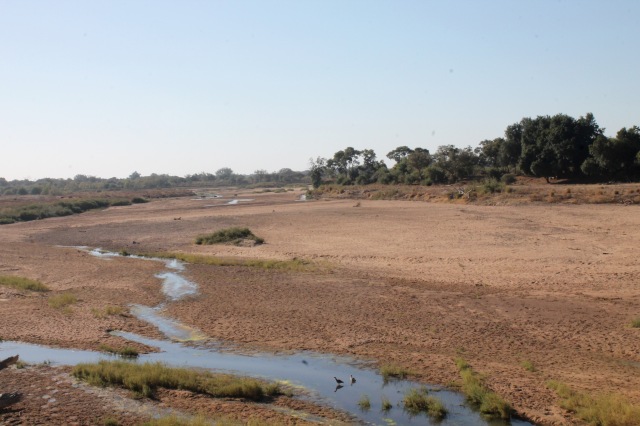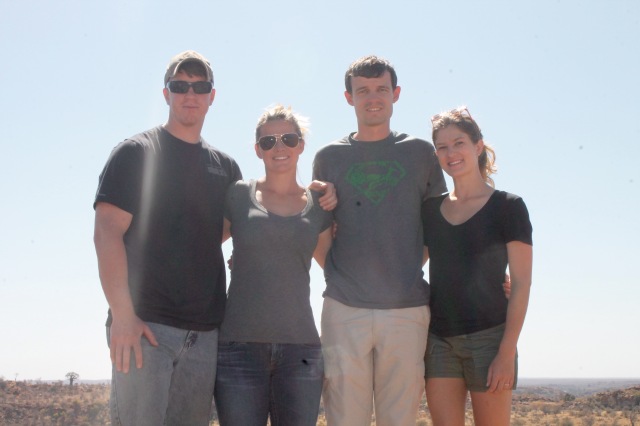 1000 years ago, a city formed where no city had existed before. On the top of a steep rocky outcropping, a king lived with his many wives.
1000 years ago, a city formed where no city had existed before. On the top of a steep rocky outcropping, a king lived with his many wives.
During the rule of this king, thousands of people came to live in mud huts surrounding the rocky hill. The plateau could only be reached via a steep, narrow crevice in the rocks, but it was climbed daily by women carrying soil for the gardens, water for the well and food for the royals. Stone and wooden walls ringed the high palisade, and another wall encircled the town below.

It was a time of peace and wealth, as the city benefitted from the nearby confluence of two great rivers to the north, healthy soil for growing crops, and no rivals anywhere close by. The kingdom traded the raw materials offered by the surrounding land, such as ivory, for glass beads and other luxuries produced across the ocean. Life for the people of the kingdom revolved around the endless cycles of farming and family, but the men filled their spare hours with games of Mancala.
Eventually, the good king died and was buried in a clay pot, surrounded by gold figures and other symbols of his status. The community began disintegrating. A drought slowly dried up the life-giving river, and the land became increasingly barren. Over time, the people of the city dispersed, some heading to a new great city in the north, and others fading back into their traditional way of life in small villages. The city disappeared into the earth, at its remains would not be discovered for another 800 years.

This city was Mapungubwe, the first city to ever rise in Southern Africa. It lasted only from approximately 1100-1200 AD, but up to 5,000 people lived there at it’s height. What we now know of life there comes from a combination of archeological discoveries and word-of-mouth stories handed down over many generations by the local tribes-people, as there were no written records left of the kingdom. It is a UNESCO World Heritage Site for its significance towards our understanding of iron age life in this part of the world.

The archeological site is located within a National Park, situated along the Limpopo River at the far northern edge of the country. The river has now dried to barely a trickle, but within the park it is possible to look over the riverbed into both Zimbabwe and Botswana.

Now at the end of the dry season, the land is parched and seemingly inhospitable, but is still home to a surprising amount of wildlife. Large herds of elephants roam across the whole park, giraffes graze lazily at the greenery left on the trees, and klipspringers jump skillfully across the jagged, rocky hillsides.
Ancient, gnarly Baobab trees stand tall throughout the park, testament to the resilience of life in this tough environment.

The park is well-maintained with nice amenities such as a tree-walkway, lookout points, and a beautifully designed visitors center. The accommodation options available within the park, including cosy huts and tented cabins, are spacious and excellently located to spend a night amidst the animals and history of this place.
We stayed in Mapungubwe with some good friends who were visiting from the States. Despite the park being small and rather obscure, we found it to be one of the nicest National Parks in South Africa, and it made for an unforgettable trip.









Love the story of the city! You painted a wonderful mental picture of it. 👏
LikeLiked by 1 person